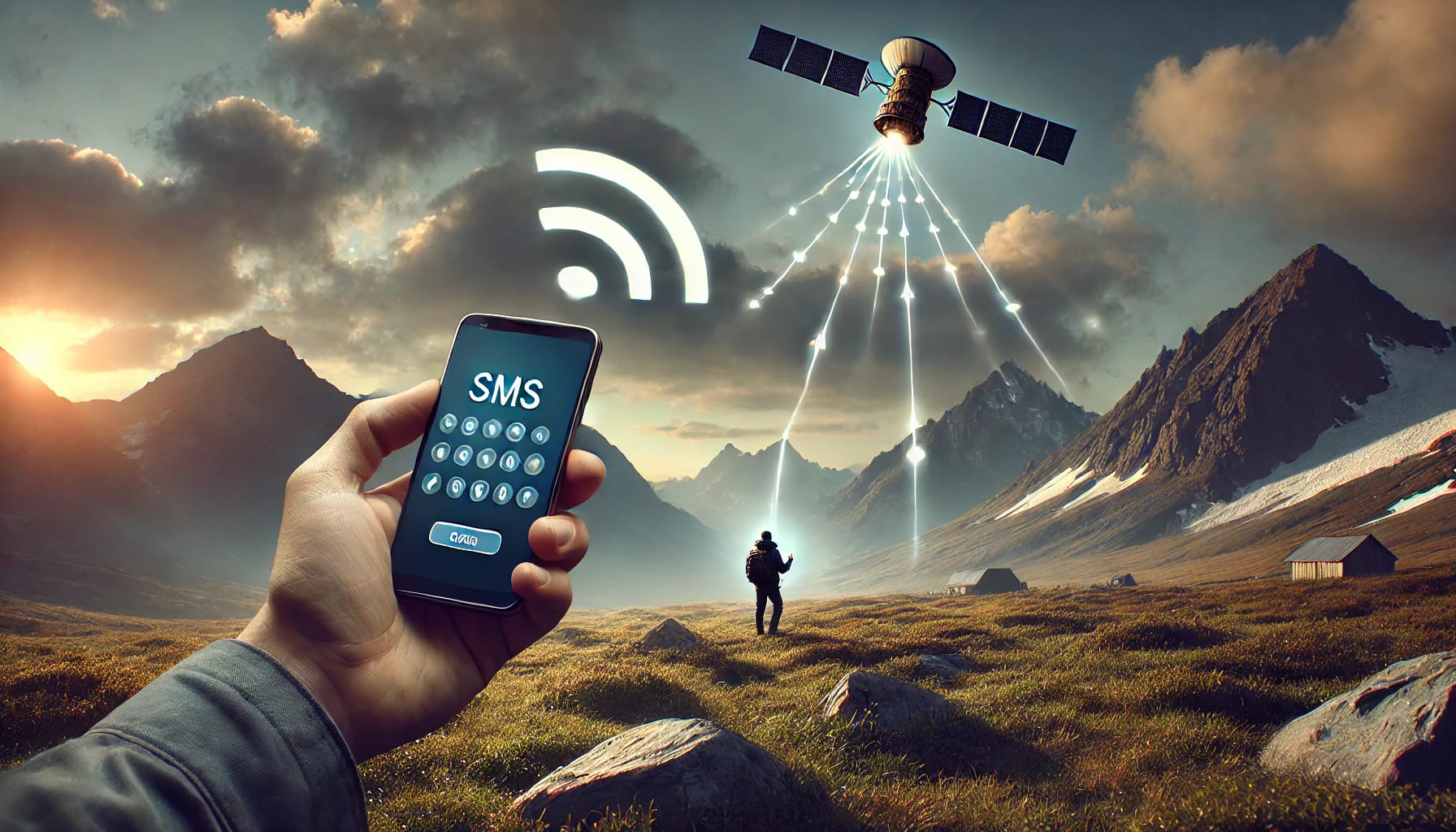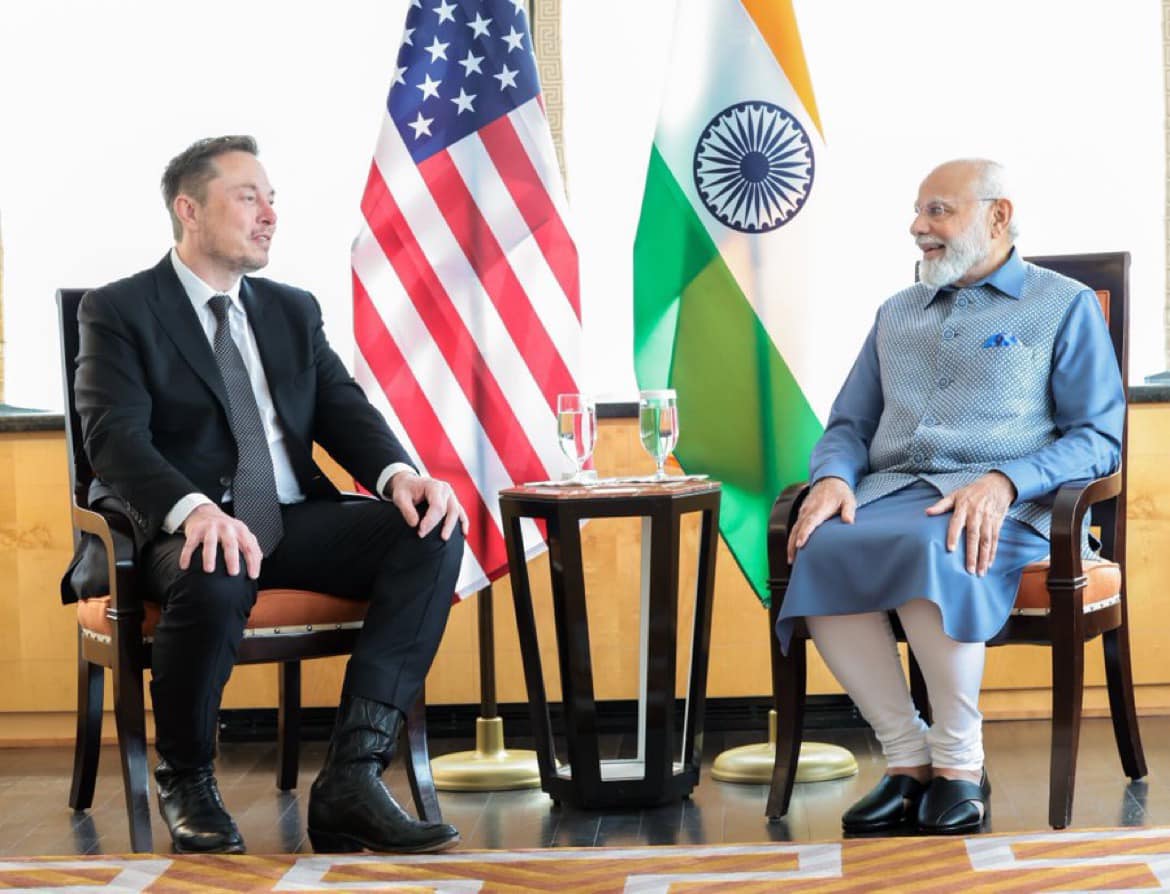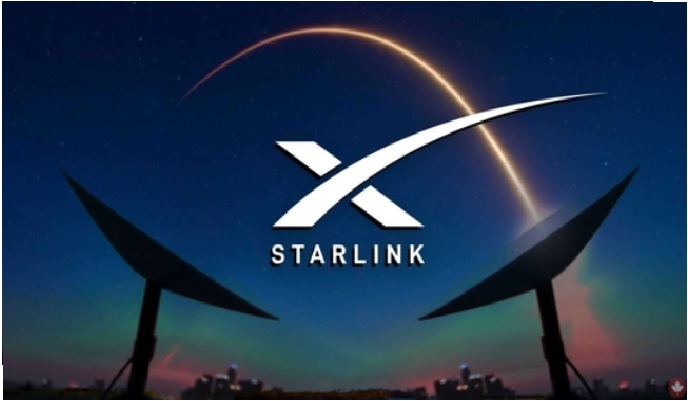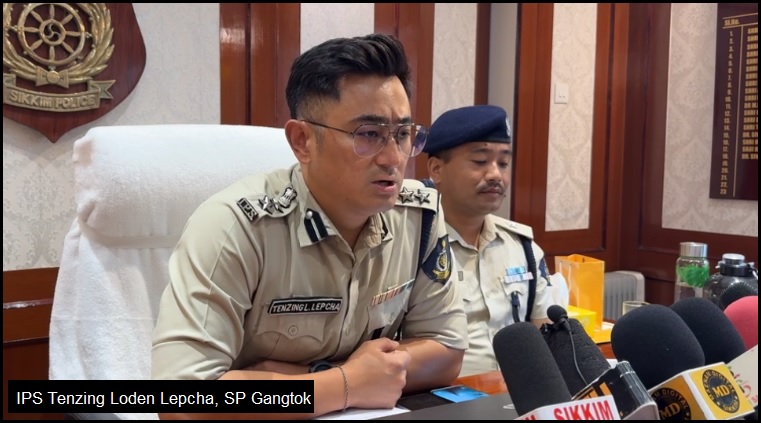
New Delhi, October 25: Elon Musk has taken a bold leap forward in the telecom industry. A New Zealand company has made history by successfully testing satellite-to-mobile services using Musk’s Starlink network. This groundbreaking test demonstrated that mobile communication without the need for traditional cell towers or SIM cards is now possible.
The test involved sending and receiving an SMS message via satellite in Christchurch, marking a significant milestone in the development of satellite-based communication. Starlink’s satellite network played a crucial role in the experiment, supporting Musk’s earlier claims about the potential of satellite communication.
Musk, CEO of Starlink, has been advocating for government approval of the necessary spectrum, with plans to begin more extensive testing during the Christmas holidays. Completion of this testing is expected soon.
ONE NZ NETWORK, the New Zealand company behind the test, hailed the achievement as “historic.” The company is preparing for a full-scale launch, viewing the successful test as a significant step toward improving their network capabilities. With nearly 230 Starlink satellites already in orbit, and more on the way, this development promises to enhance ground networks and boost business productivity.
How Satellite-to-Mobile Technology Works
Satellite-to-mobile technology uses low Earth orbit (LEO) satellites, such as Starlink’s, to directly connect mobile devices to a satellite network. Here’s how it works:
Sending a Signal: When a user sends a message, the mobile device transmits the signal to the nearest LEO satellite.
Satellite Relay: The satellite then relays the signal to another satellite in its network or directly to a ground station connected to the internet or telecommunications infrastructure.
Receiving the Signal: The recipient receives the message, which follows the same process in reverse.
This technology eliminates the need for extensive cellular tower infrastructure, enabling communication in hard-to-reach locations such as mountains, oceans, or deserts. It holds enormous potential for emergency services, remote industries, and everyday users in regions with poor connectivity.






